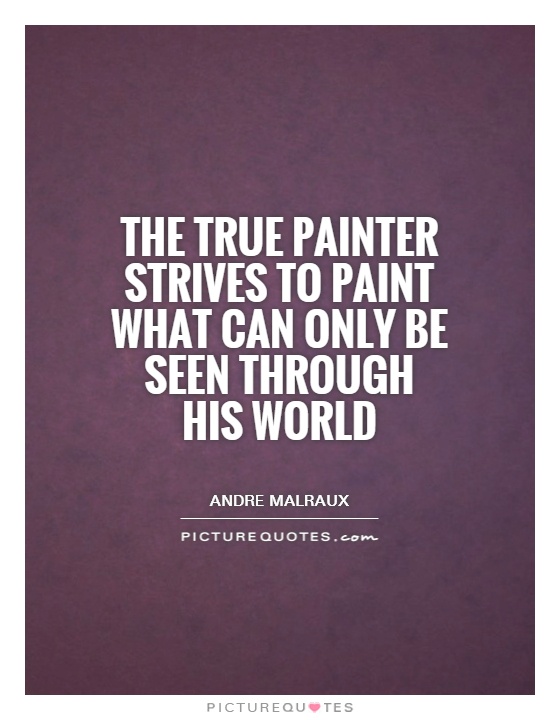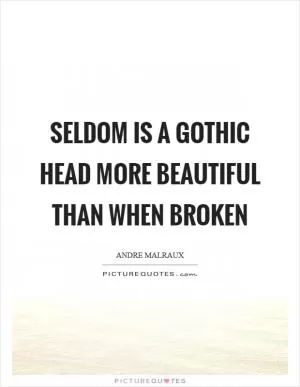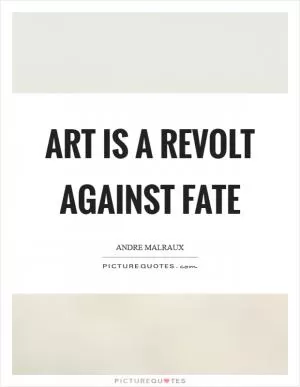The true painter strives to paint what can only be seen through his world

The true painter strives to paint what can only be seen through his world
André Malraux, a French novelist, art theorist, and Minister of Cultural Affairs, believed that the true painter strives to paint what can only be seen through his world. This statement reflects Malraux's deep understanding of the role of the artist in capturing the essence of their surroundings and translating it onto canvas.For Malraux, art was not simply about replicating the physical world, but about capturing the emotions, thoughts, and experiences that are unique to each individual artist. He believed that true art is a reflection of the artist's inner world, their perceptions, and their interpretations of the world around them. In this sense, the true painter is not simply a copyist, but a creator who brings their own unique perspective to their work.
Malraux's statement also speaks to the idea that art is a form of communication, a way for the artist to share their vision with the world. By painting what can only be seen through their world, the artist is able to convey their personal experiences and emotions to the viewer, creating a connection that transcends language and culture.
Furthermore, Malraux's statement highlights the importance of individuality in art. Each artist sees the world in a different way, and it is this unique perspective that gives their work its power and resonance. By painting what can only be seen through their world, the artist is able to create something truly original and authentic, something that speaks to the universal human experience.












 Friendship Quotes
Friendship Quotes Love Quotes
Love Quotes Life Quotes
Life Quotes Funny Quotes
Funny Quotes Motivational Quotes
Motivational Quotes Inspirational Quotes
Inspirational Quotes